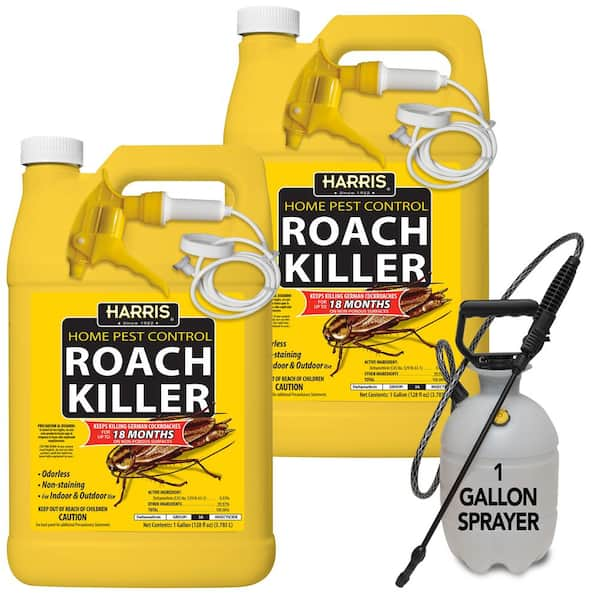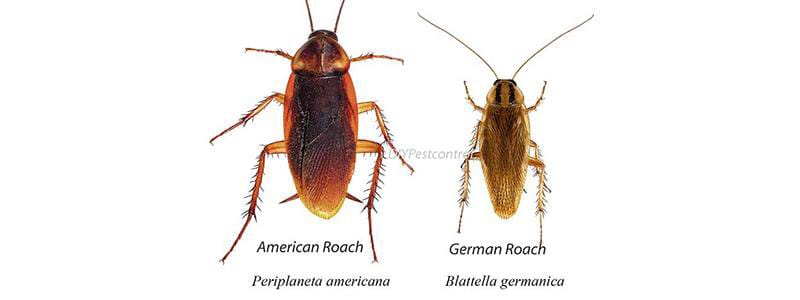Discovering Various Parasite Control Methods to Accomplish Long-Term Success in Managing and Stopping Infestations in Suburb
Efficient parasite control in residential locations necessitates a diverse strategy that balances prompt results with long-lasting sustainability. What might these innovations entail, and how can they change our understanding of parasite control?
Recognizing Pest Control Approaches
Although insects have existed together with human beings for centuries, the methods used to regulate them have actually evolved considerably in time. Comprehending these approaches is crucial for efficiently handling and avoiding infestations in domestic areas. Insect control strategies can be generally classified right into 3 main strategies: social, mechanical, and chemical.
Social techniques focus on changing the environment to reduce pest destination and breeding. This includes proper hygiene, plant rotation, and habitat modification, which can dramatically reduce pest populations. Mechanical control includes physical barriers and traps to take care of bugs straight, such as displays, vacuum cleaners, and sticky traps. This method is often favored for its non-toxic nature and prompt results.
Chemical control remains one of the most widely utilized approaches, involving the application of chemicals to remove pests. Integrated Insect Monitoring (IPM) incorporates these techniques to develop an alternative approach, promoting lasting bug prevention and marginal harm to beneficial microorganisms.
Eco-Friendly Bug Control Solutions
Exactly how can homeowners properly take care of bug troubles while decreasing their ecological influence? Environmentally friendly insect control services provide a sustainable alternative to conventional methods, focusing on the wellness of both homeowners and the bordering ecological community. These options commonly make use of all-natural components and strategies that interfere with bug habits without introducing harmful chemicals right into the setting.
One reliable technique is making use of useful insects, such as ladybugs and lacewings, which take advantage of common parasites like aphids and termites. Additionally, diatomaceous earth, an all-natural powder made from fossilized algae, can be sprinkled in areas where parasites are common, serving as a desiccant that harms pests while staying safe for human beings and animals.
Furthermore, applying safety nets is critical. roach control near me. Home owners can make sure proper hygiene by securing entry factors, maintaining tidy living spaces, and managing waste properly. Growing pest-repellent natural herbs, such as mint and basil, can also discourage undesirable site visitors
Eventually, environment-friendly bug control options encourage home owners to deal with invasions properly, fostering a more secure living my review here setting while advertising eco-friendly equilibrium. By welcoming these methods, individuals can add to a much healthier earth while efficiently handling pest-related concerns.
Chemical Pest Control Options
While environment-friendly remedies are increasingly prominent, there are circumstances where chemical parasite control alternatives might be needed for efficient administration of serious problems. Chemical controls, consisting of pesticides, fungicides, and herbicides, are usually utilized to rapidly reduce pest populations and reduce damage to homes and gardens.
These products can be classified right into 2 major classifications: synthetic chemicals and natural chemicals. Artificial chemicals, such as pyrethroids and neonicotinoids, are engineered to target details pests, providing quick knockdown effects. Conversely, all-natural pesticides, originated from plant or mineral sources, might use a much more eco-friendly option while still delivering reliable results.
Prior to utilizing chemical insect control, it is crucial to perform a detailed evaluation of the infestation and recognize the particular pest included. This guarantees that the selected chemical is both effective and ideal. Furthermore, house owners should stick to safety standards, consisting of appropriate application strategies and personal protective tools, to decrease health and wellness threats and environmental effect.
Integrated Bug Monitoring Techniques

Organic control involves the navigate here use of all-natural predators or bloodsuckers to manage bug populaces. Physical controls, like catches or barriers, can protect against bugs from getting in homes or damaging crops.
Surveillance and assessment are important parts of IPM, enabling prompt interventions based upon pest population thresholds. By focusing on safety nets and utilizing a mix of tactics, IPM not only addresses present problems however also promotes long-lasting parasite monitoring solutions that shield both human health and the environment. This detailed technique is important for lasting pest control in suburbs.
Emerging Technologies in Bug Control
The arrival of arising technologies in pest control is revolutionizing the method we handle pest populations, providing ingenious solutions that enhance efficiency and effectiveness. Advancements in precision agriculture, for instance, utilize data analytics and sensing unit modern technologies to check pest task and ecological conditions, enabling targeted treatments that decrease chemical use.
Additionally, drones geared up with imaging technology are being employed to evaluate huge areas for infestations, supplying real-time information that help in timely decision-making. Additionally, biotechnology is playing a pivotal duty, with the advancement of genetically customized organisms (GMOs) made to minimize insect populaces while maintaining beneficial varieties.

Lastly, smart catches and keeping track of gadgets outfitted with IoT capabilities enable property owners and insect control professionals to receive instantaneous signals concerning bug task, promoting prompt action. Collectively, these arising technologies not only enhance parasite administration results but also add to environmental sustainability by minimizing reliance on traditional chemical therapies.

Final Thought
In conclusion, effective insect control necessitates a multifaceted method that incorporates cultural, mechanical, and chemical strategies. The assimilation of Resources these approaches is crucial for achieving long-term success in parasite monitoring.